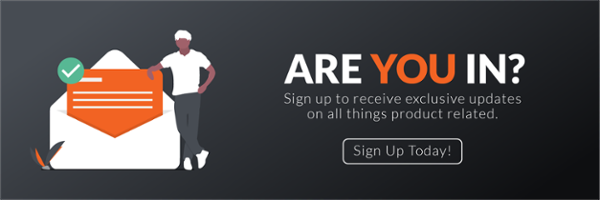
This content was written by the president of In Time Tec, Dan Puga, and originally featured on The Imaging Channel.
Office print environments have made incredible advancements in technology over the last 10 years. Bluetooth, secure pull printing, and cloud printing, just to name a few, are now prevalent in the office. Yet many of the tools used to discover and design the print fleet are still largely running on old, outdated technology. This creates a print fleet discovery and design experience that can often be cumbersome, costly and slow. As an example, technicians and designers use spreadsheets to list existing printing assets, then plot assets on a physical or digitized map, then go back to another spreadsheet to calculate current costs and future savings, then to another map to design the future print fleet, and finally create a client-facing document to show the plan. In between each step, a file-sharing program is often used for collaboration with the team and the client.
Think of how much room there is for errors at every step of this process, how much time is wasted, how broken this process is. Finally, imagine how frustrated your employees and customers are. This all adds up to lost productivity and lost sales.
Does this sound familiar to you? Are you ready for a change?
Why is the print fleet discovery and design experience important?
When technicians and designers are in the thick of a print fleet discovery and design project — analyzing spreadsheets, mapping on paper, and sharing documents via email or Dropbox — time is wasted double-checking each file for accuracy and keeping the latest versions saved and up to date. This is time that could be spent with more clients. Meanwhile, clients are in the dark until documents are shared. They can’t check on the status of a project, and they are often overwhelmed by the amount of data they have to digest once it is all shared.
Where are your opportunities for improvement?
There is always an opportunity to enhance your print fleet design and discovery experience – you just have to identify it. Because everyone’s process is different, doing so will be different for every company. To make improvements, the first step is to take a hard look at your current systems. Consider what your world could be like if the fleet design and discovery experience were optimized. Could you reduce errors, have less wasted time, increase profits, and provide an improved customer experience?
First, start by benchmarking where you are currently at with your existing process and tools.
- How long does a typical discovery take?
- What processes are you currently using?
- How many different tools are you currently using and how are they connected to each other?
- What is your turnaround time from fleet discovery to the future fleet design?
- How much time is being spent sharing documents and data amongst your team and with clients?
- How much work is being repeated because of bad data or changing client requests?
What could a transformed experience look like?
Now that you have identified the areas that need improvement, you can start searching for solutions. There are a few important factors to evaluate when transforming your print fleet discovery and design experience:
- Consider moving to a simplified toolset or an all-in-one tool. Reduce the amount of time wasted and avoid the errors introduced when moving between many different tools. The ultimate solution is to reduce your toolset to a single tool, which would allow for all of the fleet information to be stored in one application, from the fleet discovery and mapping all the way to the future fleet design.
- Streamline your current processes. Take steps to simplify and automate your design and discovery workflow. Find tasks which are redundant or do not add value and remove them. Identify ways to combine multiple tasks into a single one.
- Go with cloud-based offline capable applications instead of on-premise applications. Accessing your print fleet discovery and design data on the cloud means your information is always up-to-date, stored securely, and no one ever has to worry about downloading the latest version of a program to use the software. You also will now have a historical record of your work that can be recalled, reviewed, and modified at any time.
- Improve your ability to collaborate and share information. Imagine having fleet designers creating the future fleet state while a technician is still on-site discovering and mapping devices. Effective collaboration between your employees reduces the print fleet discovery and design turnaround time, which allows you to utilize your people more effectively and provide faster results to clients.
- Harness the power of fleet data and analytics. Employ tools and/or processes that utilize the captured data and fleet analytics to provide a better discovery and design experience. Know which devices are getting the most use and which ones are underutilized. Identify devices that are expensive or inefficient compared to a newer device. Ensure your customer has the right sized print fleet with the right devices to best meet their needs.
Will you keep up or be left behind?
With new tools and processes, the painfully familiar and frustrating discovery and design process could be completely different. The technician opens one cloud-based tool in the browser on their mobile device, discovers and plots devices on a digital map stored in the tool, and pairs the discovered devices with data from a DCA that has already been imported, all while a designer concurrently begins collaborating on the new fleet design. When everyone has done their part, the tools can create a spreadsheet based on highly refined recommendations and easily share it with the client.
Now is the time to take a hard look at your print fleet discovery and design experience. Uncover the inefficiencies in your processes and improve your toolset. In the end, you’ll find you will have happier employees, more satisfied customers and higher profits.


